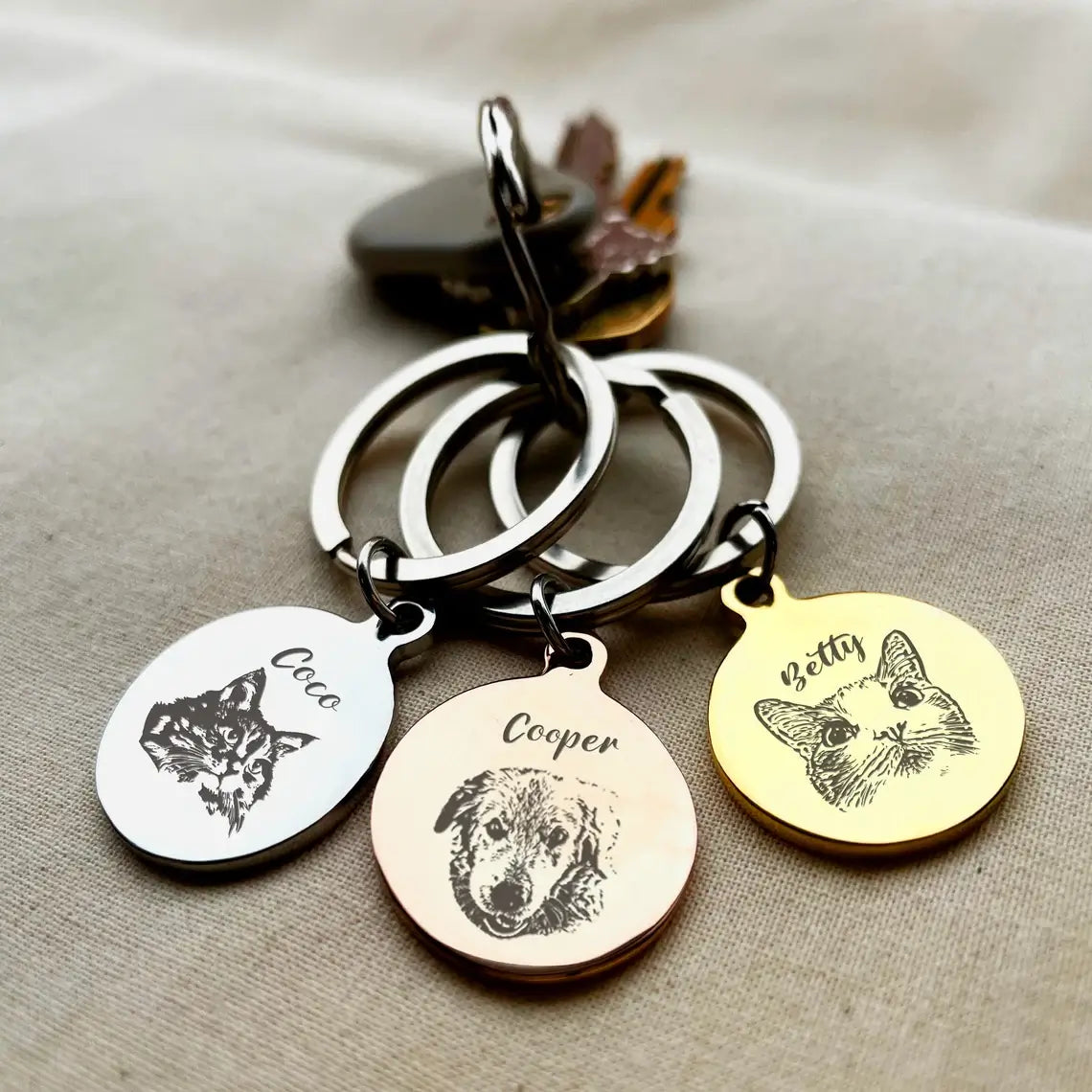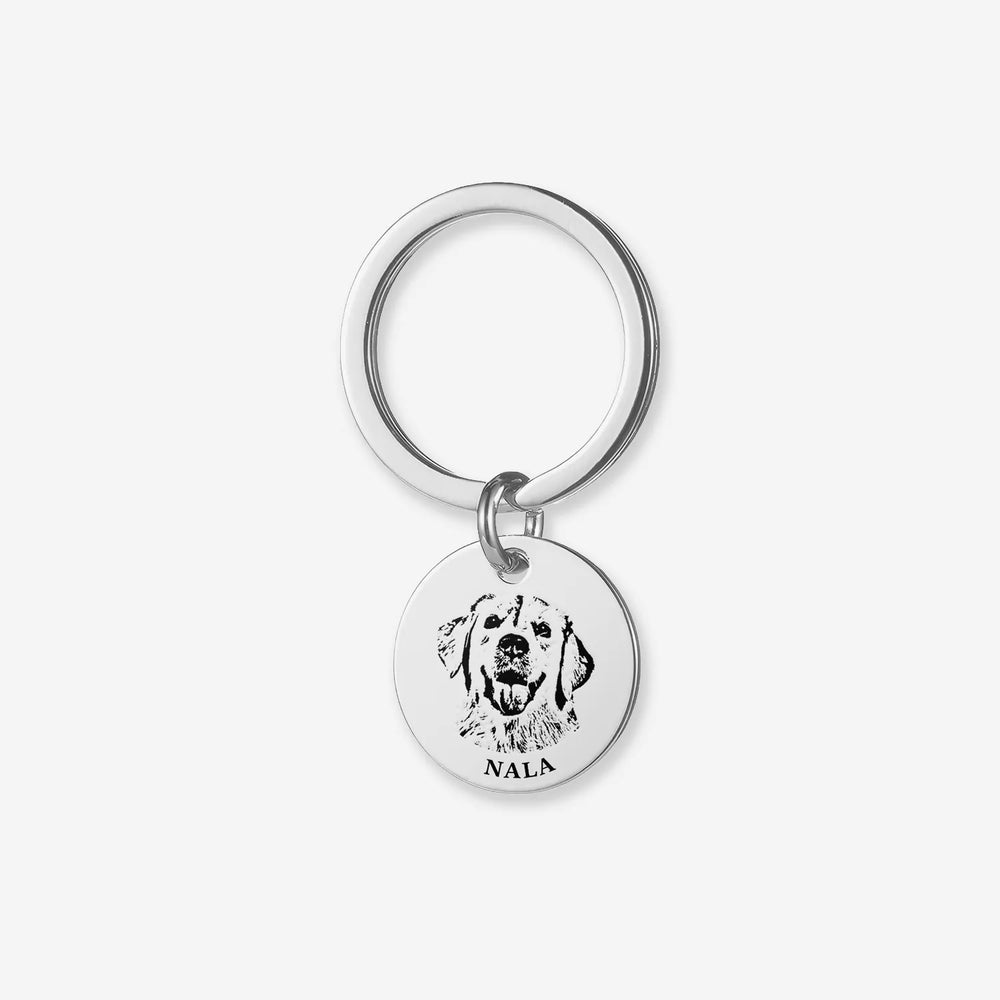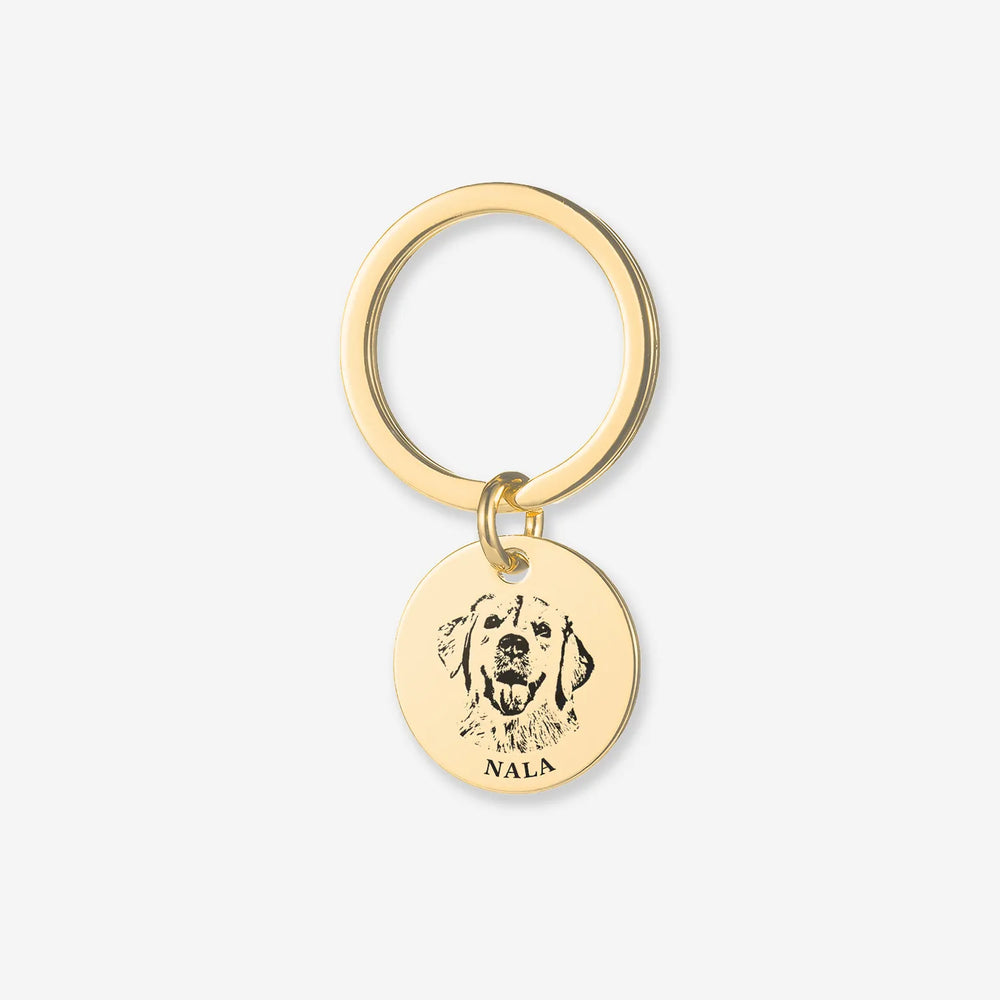Buy One, Get One FREE
How to take care of a dog for kids?

Taking care of a dog is not just a task; it's a valuable lesson in responsibility and compassion for kids. Having a furry friend can teach children important life skills like empathy, respect, and self-regulation. In this blog, we will explore the significance of caring for a dog, the numerous benefits it brings to kids' emotional and physical development, and practical tips on how children can actively participate in their pet's well-being.
Teaching Children to Care for a Dog
Caring for a dog can be a rewarding experience for children, teaching them responsibility and compassion. Start by setting clear rules and responsibilities. Create a daily or weekly schedule for dog care tasks, such as feeding, walking, and cleaning. Assign duties based on the child’s age and abilities, ensuring that each task is manageable.
Educating and Provide Advice to Children
Educate children on the basic needs of dogs, including regular meals, clean water, exercise, and hygiene. Teach them how to interact safely with the dog and recognize the dog’s emotional signals. Encourage and support children through positive reinforcement and demonstrate the correct methods for completing tasks. Regularly check their progress and provide assistance when needed to ensure the dog is well-cared for.
Preparing for Take Care of a Dog
Choosing the Right Dog
When selecting a dog, consider factors like size and breed. Understanding the specific needs of different breeds is crucial to ensure a harmonious match with your family's lifestyle.
Considering Size and Breed
Different dog breeds vary in size and characteristics. Larger breeds may require more space and exercise, while smaller breeds are often better suited for apartment living. Researching various breeds can help you find one that fits well with your home environment.
Energy Levels and Temperament
Each dog has its own energy levels and temperament. Some dogs are highly active and require plenty of exercise, while others are more laid-back and enjoy lounging around. Matching the dog's energy level to your family's activity level is essential for a happy coexistence.
Getting the Essentials
Before bringing your new furry friend home, make sure you have all the necessary supplies to provide a comfortable living environment for your dog.
Food and Water Bowls
Invest in durable stainless steel bowls that are easy to clean and maintain hygiene. Stainless steel bowls are long-lasting, safe for pets, and dishwasher-friendly.
Leash, Collar, and ID Tags
A reliable leash is vital for walks and outings with your dog. Opt for a double-handle leash made of sturdy nylon material for added control during walks. Don't forget to attach an ID tag with your contact information in case your dog ever gets lost.
Bed and Toys
Create a cozy space for your dog to rest by investing in an elevated bed that provides comfort and support. Additionally, keep your furry companion entertained with interactive toys like Kong toys that stimulate their mind and prevent boredom.
Remember, preparing adequately before bringing a dog into your home sets the foundation for a positive pet ownership experience!
Daily Proper Pet Care Include

Proper Feeding Your Dog
When it comes to taking care of a dog, providing the right nutrition is essential. Here are some tips to ensure your furry friend stays healthy and happy:
Choosing the Right Food
Selecting high-quality dog food rich in nutrients is crucial for your pet's well-being. Look for options that contain real meat, vegetables, and whole grains to keep your dog energized.
Establishing a Feeding Schedule
Maintaining a consistent feeding routine helps regulate your dog's digestion and prevents overeating. Set specific meal times each day to create a sense of structure for your pet.
Exercise and Playtime
Keeping your dog active is key to their overall health and happiness. Here are some fun ways to incorporate exercise into your daily routine:
Daily Walks
Regular walks not only provide physical exercise but also mental stimulation for your dog. Take them on different routes to keep things exciting and engaging.
Fun Games to Play
Engage in interactive games like fetch or hide-and-seek with your furry companion. These activities strengthen the bond between you and your pet while keeping them mentally sharp.
Grooming
Maintaining proper grooming habits is vital for dog care. Here's how you can keep your pet looking and feeling their best:
Brushing and Bathing
Regular brushing helps prevent matting and keeps your dog's coat shiny. Bathing should be done as needed, using gentle shampoo suitable for dogs to avoid skin irritation.
Nail Trimming
Trimming your dog's nails is essential to prevent overgrowth and discomfort. Use specialized clippers designed for pets and be cautious not to cut too close to the quick.
Make Your Dog's Health and Safety
Regular Vet Visits
Visiting the vet regularly is crucial for your furry friend's well-being. Vaccinations play a vital role in preventing diseases that can harm your dog. Check-ups help ensure your dog is healthy and catch any issues early.
Keeping Your Dog Safe
Ensuring your home is safe for your dog is essential. Dog-proofing involves securing hazardous items out of reach. Providing safe toys and chews not only entertains but also keeps them away from harmful objects.
Dog Health Care Tips
Taking care of your dog's health involves various aspects. From nutrition to exercise, each plays a significant role in maintaining their overall well-being. Regular check-ups and a loving environment contribute to a happy and healthy pet.
Basic Training and Behavior
Basic Commands
Teach Your Dog the Basics
Start with simple commands like "Sit," "Stay," and "Come." These are fundamental cues that create a strong foundation for further training.
Encourage Positive Behavior
Use positive reinforcement techniques when your dog follows commands correctly. Reward good behavior with treats or praise to reinforce their learning.
Socialization
Introduce Your Dog to Others
Allow your dog to meet different dogs in a controlled environment. This helps them learn social skills and build confidence around other animals.
Engage with People
Encourage interactions with various people, including family members, friends, and strangers. This exposure helps your dog become comfortable in different social settings.
Expert Testimony:
Professional Trainers suggest that both dogs and children require guidance on appropriate behavior around each other. Setting clear rules and boundaries ensures a harmonious relationship between pets and kids.
Teaching Children to Care for Dog: Tips for Taking Care

When it comes to dog care, involving children in the process can be both educational and rewarding. Let's explore how kids can learn to take care of a dog responsibly and with compassion.
Dog Care Meaning
Understanding the significance of caring for a dog goes beyond just providing food and water. It involves instilling values like empathy, responsibility, and respect in children, shaping them into compassionate individuals.
Children to Take Care of a Dog
Safety First
Prioritizing safety is crucial when children are involved in dog care. Teaching kids how to approach and interact with dogs safely ensures a harmonious relationship between the child and the pet.
Set Clear Rules and Responsibilities
Establishing clear rules and responsibilities helps children understand their role in taking care of a dog. By outlining tasks like feeding, walking, and grooming, kids learn the importance of consistency and accountability.
Educate Children on the Basic Needs of Dogs
Educating children about the basic needs of dogs is essential for their well-being. Teaching kids about nutrition, exercise, grooming, and companionship helps them develop a holistic understanding of dog care.
Encourage and Support
Encouraging children in their efforts to care for a dog fosters confidence and empathy. Positive reinforcement motivates kids to actively participate in their pet's well-being while creating a strong bond between the child and the dog.
Foster a Sense of Responsibility
Instilling a sense of responsibility in children through dog care teaches them valuable life skills. By assigning age-appropriate tasks and providing guidance, kids learn the importance of commitment and empathy towards animals.
Provide Supervision
Supervising children during interactions with dogs ensures safety for both the child and the pet. Monitoring playtime, feeding routines, and training sessions allows parents to guide their kids effectively in caring for a dog.
Recap the essential points you've learned about caring for a dog with your kids. Taking responsibility in feeding, walking, and grooming your furry friend not only nurtures their well-being but also instills valuable life skills in your children. Embrace the joy of having a dog as part of your family; the unconditional love and companionship they offer create lasting memories and teach empathy and respect. Encourage your kids to be actively involved in the care of your pet—it's a rewarding journey filled with love and learning.
Testimonials:
-
Tina M.: "Sheri treats my dogs as if they were her own. Her extensive knowledge regarding canine care is invaluable."
-
Christine D.: "For the Love of Dogs is a Godsend! Sheri goes above and beyond to care for all animals, providing solutions and socialization for pets."



















